Advertisement
Beauty is not an exception in the era of digital innovation; technology has changed many sectors. Now enter beauty tech—a vibrant mix of modern technology and cosmetics meant to change how people engage with beauty goods and services. From 3d cosmetics printing to AI-powered skincare diagnostics, beauty tech is changing the items we use and how we find, enjoy, and personalise them.
Combining hardware, software, data science, and artificial intelligence, beauty tech gives customers more tailored, effective, and interesting beauty solutions. Rising customer desire for inclusion, hyper-personalisation, sustainability, personalising calls, and quick integration of technology into the cosmetics business to remain competitive. This change is about building a new paradigm in beauty where data-driven insights, ethical practices, and innovative ideas coexist, not just about convenience. Ten strong tendencies below are causing this change in the global beauty scene.
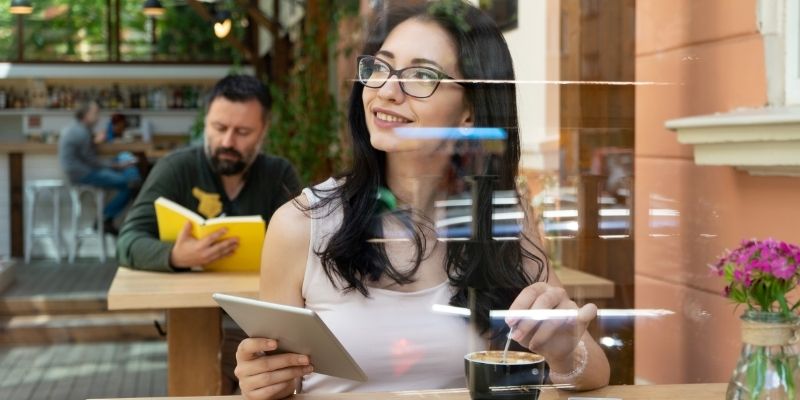
Artificial intelligence is transforming the diagnosis of skincare conditions. Using smartphone cameras or specialist scanning tools, AI can effectively evaluate skin issues like dryness, redness, wrinkles, pore size, and pigment. These digital tests help suggest items that fit a user's skin profile, guiding more educated and customised skincare decisions.
Companies like L'Oréal, Neutrogena, and Shiseido have started in-store kiosks and apps offering customised skincare regimens based on real-time artificial intelligence evaluations. Combining consumer technology with dermatological knowledge guarantees that people get treatments according to their changing skin requirements. It also democratises skincare knowledge, therefore allowing consumers at home access to professional-level advice.
AR-powered virtual try-ons let consumers experiment with cosmetics, hair colours, and nail polish without leaving a shop. Mobile applications or in-store smart mirrors let consumers instantly view how a lipstick shade, foundation tone, or eyeliner style appears on their face.
Along with increasing convenience, this interactive experience lessens buyer's regret and product waste. Big stores such Sephora, Ulta, and MAC have embraced AR technology to provide immersive digital experiences that raise consumer trust and drive conversion rates. These try-ons' realism and precision are improving as AR technology advances.
The development of at-home smart gadgets has changed skincare and haircare regimens. These days, tools such as derma-rollers, cleaning brushes, LED therapy masks, and hair analysers link with mobile applications to measure use and development over time, giving consumers a complete picture of their beauty routine.
These gadgets collect and evaluate information to provide tailored insights and product suggestions. Smart hairbrushes, for example, can identify frizz, dryness, and breakage and then recommend treatment courses. This trend emphasises the change towards proactive, data-driven beauty management that provides customers with powerful diagnostics tools daily.
Making formulas depending on a person's DNA is one of the most advanced beauty tech developments. Testing kits covering genetic indicators linked to ageing, sensitivity, oil production, and collagen levels are available from EpigenCare, Skindna, and GENEU. This produces a very customised beauty routine based on biology.
By deciphering this genetic information, beauty companies may provide skincare and haircare products catered to a user's lifestyle and inclination. Though currently a small business owing to expense and privacy issues, DNA-based customising represents the front edge of hyper-personalisation and offers hitherto unheard-of precision in treating individual beauty issues.
3d printing has started to stir waves in the beauty scene by allowing the production of personalised cosmetic items on demand. This covers individualised skincare delivery masks that fit the user's face measurements and demands, and customised foundation tones and lipstick colours.
Pioneering new technology, companies such as Mink and Adorn let customers and professionals create from scratch and print goods at home or in-store. The ramifications are significant: minimum waste, rapid fulfilment, and entirely customised cosmetics that fit exactly with personal style and skin tone.
Voice technology is starting to enter the beauty industry as smart speakers and voice-activated appliances become home fixtures. Customers may ask virtual assistants to reorder preferred goods, skincare advice, beauty lessons, and ingredient information.
Some beauty companies are creating their speech apps for platforms like Amazon Alexa or Google Assistant so that they may provide real-time skincare advice, reminders for regimens, and tailored purchasing experiences. Particularly helpful in washroom environments or while multitasking, this hands-free interaction makes beauty advice more approachable and user-friendly.
AI is changing how beauty products are conceptualised and launched, not just impacting customer interactions. To direct product creation, machine learning techniques can sort mountains of customer evaluations, dermatological research, ingredient databases, and social media trends.
This method helps companies create items with better speed and accuracy, therefore matching more closely with customer wants. Moreover, it accelerates innovation cycles and enhances product-market fit, lowering the financial and environmental expenses related to product trial-and-error.
In the cosmetics business, sustainability is a major concern that technology is offering fresh solutions to help with. QR tags on smart packaging let customers learn about origin, ingredients, and recyclability. Refillable systems linked with applications inform consumers when to replenish, lowering single-use plastic intake.
By giving customers and businesses knowledge on carbon footprint, water use, and trash generation, artificial intelligence systems can assist in evaluating the environmental effect of a product. From plant-based gadget materials to biodegradable tools, environmentally responsible beauty tech is changing quickly to fit the ideals of people who love the earth.
Like much of the cosmetics business, beauty tech has historically come under fire for a lack of inclusiveness. Companies are making major progress in teaching artificial intelligence and augmented reality systems on varied datasets reflecting various skin tones, face characteristics, and hair varieties.
This change guarantees that skincare analysis, foundation matching tools, and virtual try-ons function for individuals from various backgrounds. Inclusive algorithms let companies contact under-represented groups and provide more fair beauty experiences, which is a moral and a business need.
In beauty, blockchain technology is becoming popular to guarantee authenticity, traceability, and openness. Blockchain ensures customers that their purchase is real and ethically manufactured by tracking a good's path from ingredient procurement to production and distribution on an unchangeable ledger.
Premium and organic businesses benefit from this technology as brand identity revolves mostly around ingredient purity and ethical behaviour. Blockchain also provides each product with a unique, verifiable history, helping fight counterfeiting—a problem afflicting the cosmetics industry.

More than just a confluence of cosmetics and code, beauty tech marks a basic change in how beauty is seen, created, and experienced. One driven by personalising, convenience, sustainability, and inclusion transforms the tendencies described above. Consumers have greater control over their habits and results as beauty blends with data science, artificial intelligence, and linked gadgets. Whether that's a DNA-based moisturiser, an AR-driven beauty instruction, or a voice-guided haircare routine, this tech-enhanced evolution helps people find what works for them.
Beauty tech will increase in everyday life in the next years. From salons to cellphones, from vanity mirrors to virtual assistants, the inclusion of innovation into cosmetics is not a fad—it's the future. The beauty business is about being educated, empowered, and connected with smart technologies that react to your particular self, not just about looking nice.
Advertisement
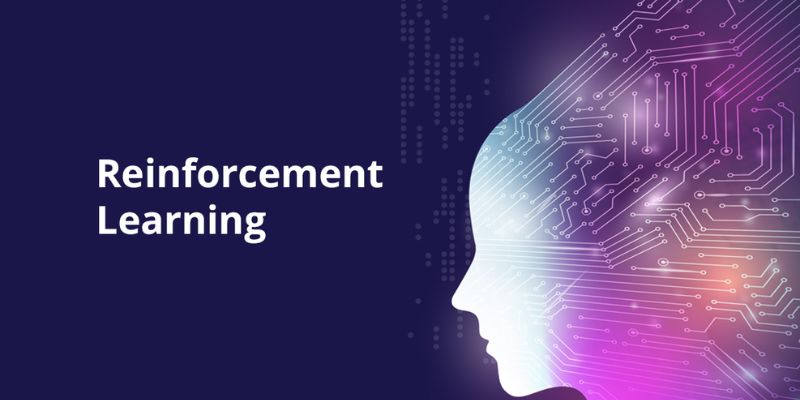
Discover reinforcement learning key concepts, training AI through feedback, and machine learning with rewards in action here

Explore 10 emerging trends in beauty tech transforming how cosmetics are created, marketed, and applied.
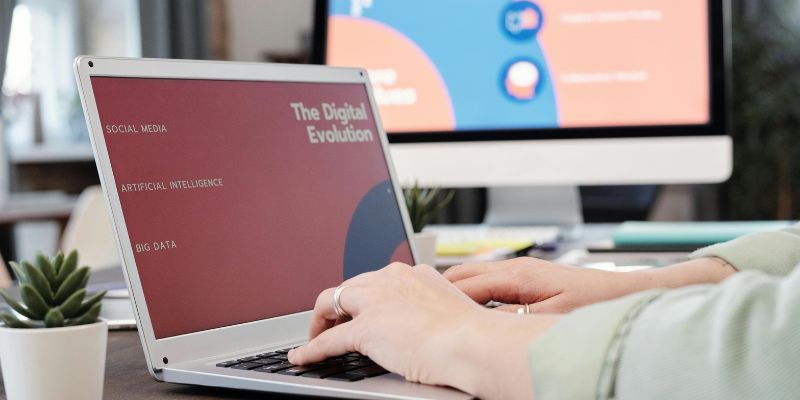
Explore machine learning use cases and business benefits from marketing to cybersecurity.
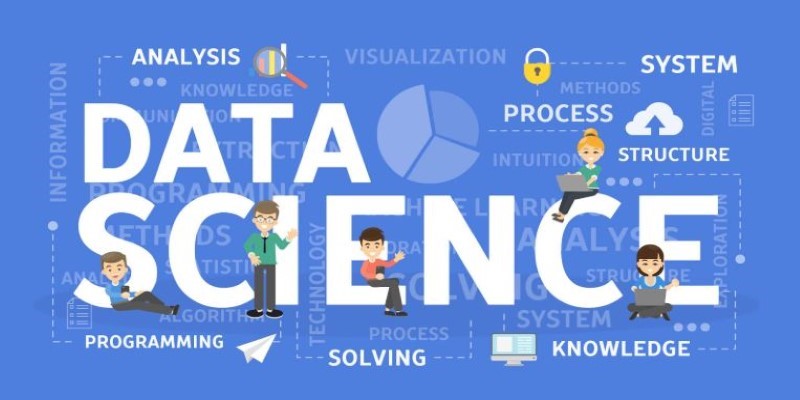
Explore the most reliable data science platforms in 2025. From notebooks to automated modeling, find the best tools for data science across all skill levels

Encountering errors in ChatGPT? Learn how to fix common issues like "not responding," "network errors," and more with these easy-to-follow solutions
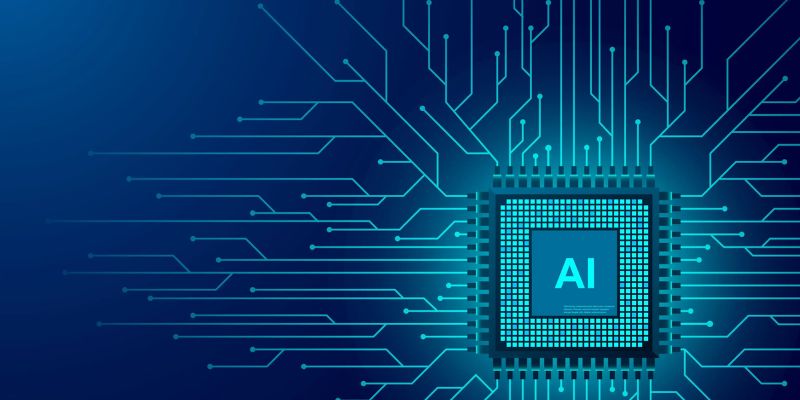
Learn how artificial intelligence organizes random data, increases output, and drives efficiency throughout content management

Discover how ChatGPT can revolutionize your cooking routine by offering meal plans, recipe ideas, and even cooking tips based on what’s in your kitchen
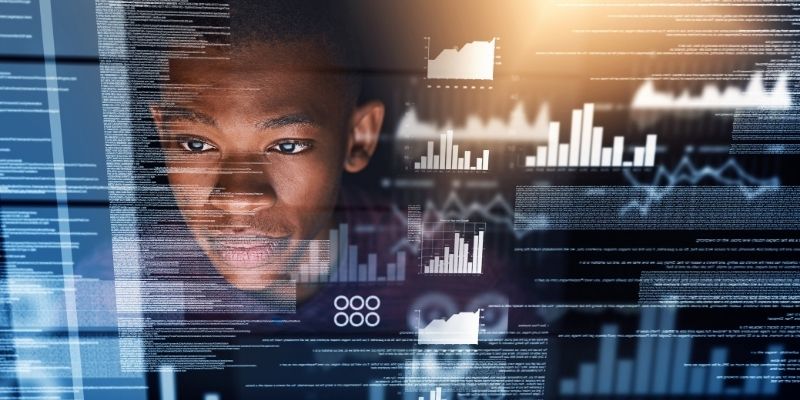
Dive into the strengths and weaknesses of open-source AI models and what they mean for innovation.
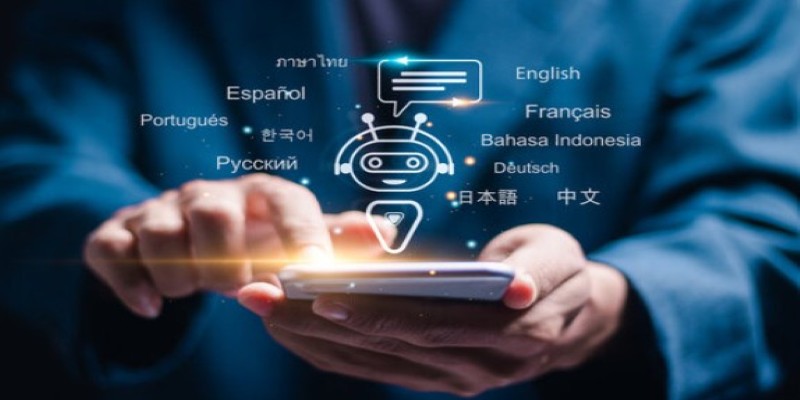
Want to chat, learn, or translate using ChatGPT in another language? Discover how it handles multiple languages and helps with grammar, vocabulary, and fluency
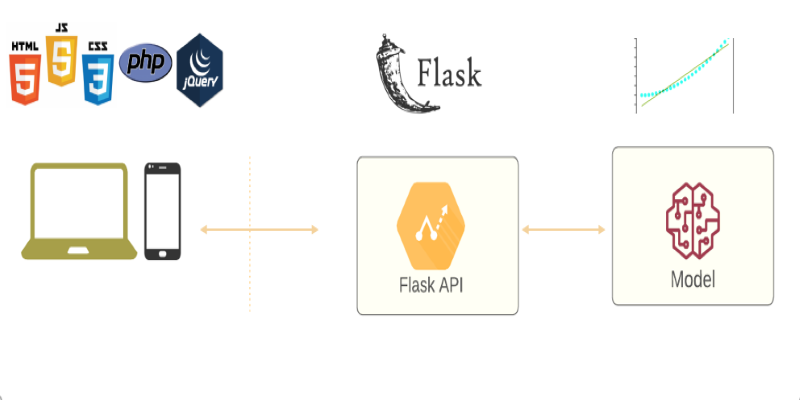
Learn how to deploy your machine learning model with Flask in 2025. Step-by-step guide on setting up Flask, testing your API, and making your model production-ready
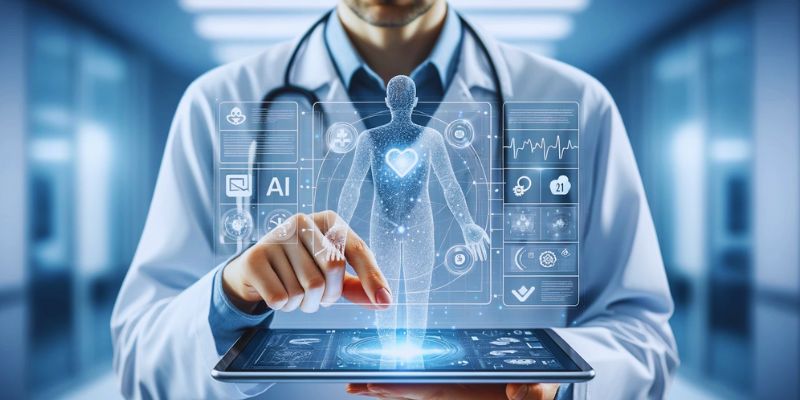
Noom CEO details how AI-driven health technology delivers tailored health support, boosting engagement and improving outcomes
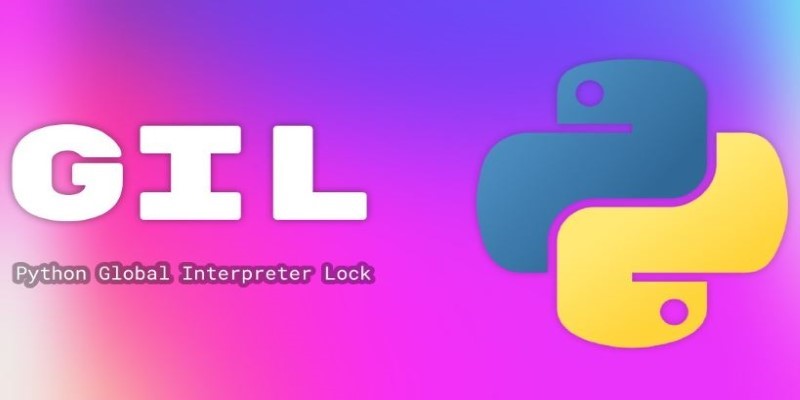
How the Python Global Interpreter Lock (GIL) works, how it affects threading and performance, and when Python multithreading is useful or limited